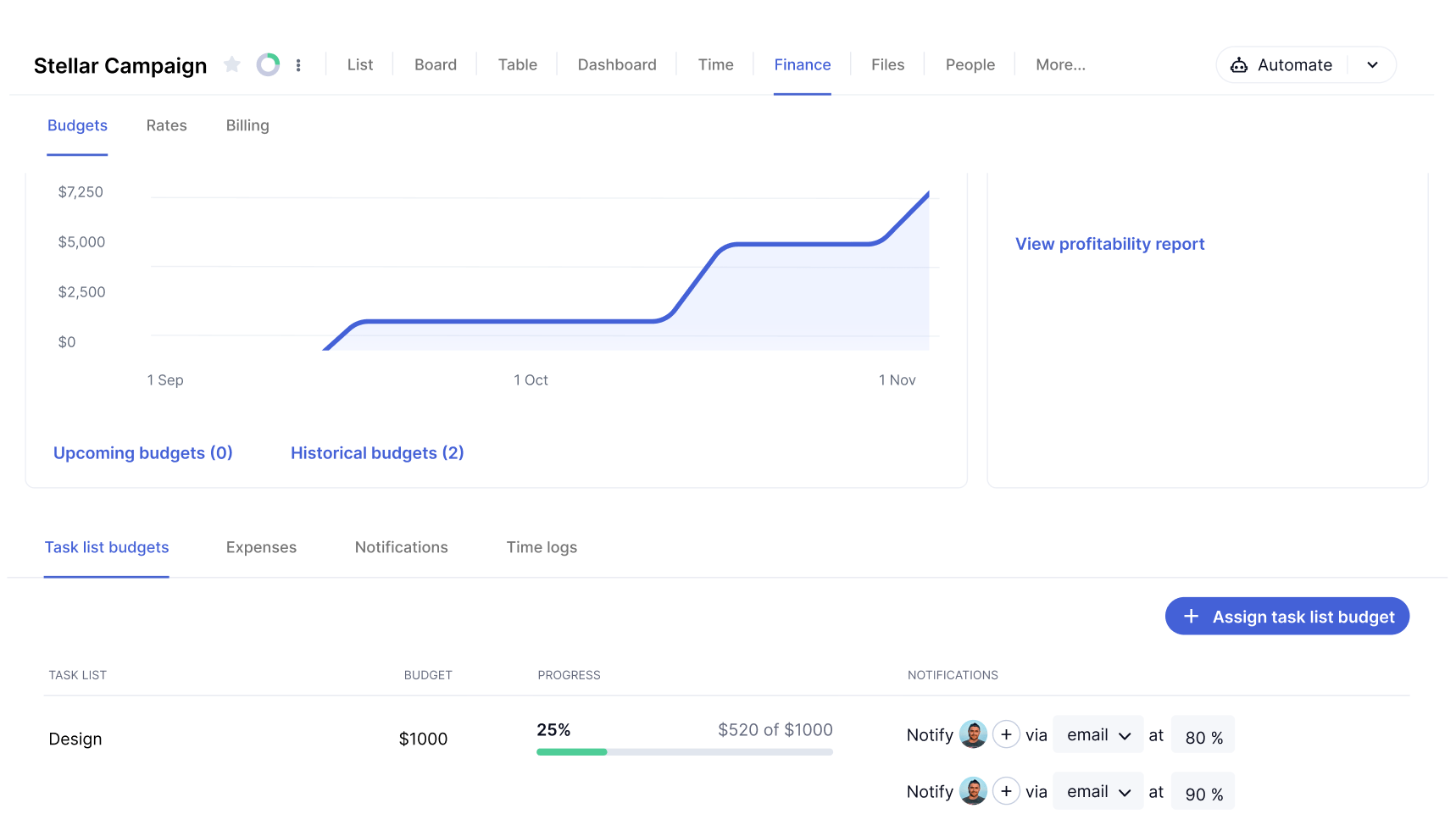In today’s competitive online market, data is the fuel for growth. Businesses that understand and act on analytics can make smarter decisions, improve marketing ROI, and create better shopping experiences.
This guide will show you exactly how analytics drives e-commerce growth, which metrics to track, and how to use insights to scale your store.

Table of Contents
- Why Analytics Matters in E-commerce
- Key Metrics That Drive E-commerce Growth
- Essential Analytics Tools for Online Stores
- How to Use Analytics to Improve Customer Experience
- Case Study: Analytics in Action
- Final Thoughts & Call-to-Action
- FAQs
1. Why Analytics Matters in E-commerce
Analytics provides a clear view of what’s working and what’s not. Without it, you’re making business decisions based on guesswork.
Benefits of using analytics in e-commerce:
- Identify top-selling products and focus marketing on them.
- Understand customer behavior to improve engagement.
- Reduce cart abandonment by spotting checkout issues.
- Optimize marketing campaigns for better ROI.
📌 At eCeez.com, we use analytics to help brands automate decisions and scale faster with AI-powered insights.
2. Key Metrics That Drive E-commerce Growth
Tracking the right metrics ensures you’re focusing on factors that directly impact sales.
Important e-commerce metrics:
- Conversion Rate (CR) – Percentage of visitors who make a purchase.
- Average Order Value (AOV) – How much customers spend per transaction.
- Customer Lifetime Value (CLV) – Total revenue you can expect from one customer.
- Cart Abandonment Rate – Percentage of shoppers who add items but don’t complete checkout.
- Traffic Sources – Where your visitors are coming from (organic, paid, social, referral).
💡 Pro Tip: Use segment-based tracking to analyze behavior of new vs. returning customers.
3. Essential Analytics Tools for Online Stores
You don’t need dozens of tools — just the right ones that fit your goals.
Top e-commerce analytics tools:
- Google Analytics 4 (GA4): Track visitor behavior, sales funnels, and conversions.
- Shopify Analytics: Perfect for store owners using Shopify.
- Hotjar: Visual heatmaps and session recordings to see where users click.
- Klaviyo: Email marketing analytics to measure campaign performance.
🔗 You can explore Google https://trends.google.com/trends/Analytics for free to start gathering data instantly.
4. How to Use Analytics to Improve Customer Experience
Analytics isn’t just for tracking sales — it’s for creating better shopping experiences.
Ways to enhance customer experience using data:
- Identify and fix slow-loading product pages.
- Personalize product recommendations based on browsing history.
- Use A/B testing to find the best page layouts and offers.
- Monitor post-purchase surveys to spot areas for improvement.
At eCeez.com’s E-commerce Automation Services, we integrate analytics with AI to automate personalization at scale.
5. Case Study: Analytics in Action
A fashion brand used analytics to discover that most customers abandoned carts at the shipping stage. By offering free shipping for orders above $50, they increased conversion rates by 18% in 3 months.
This simple insight — driven by data — turned into significant revenue growth.
Final Thoughts & Call-to-Action
The role of analytics in e-commerce growth is non-negotiable. By tracking the right metrics, using effective tools, and acting on insights, you can scale your store faster and smarter.
🚀 Want to grow your store using data?
Let eCeez.com implement analytics-driven strategies that deliver real results — from tracking to automation.
FAQ – The Role of Analytics in Driving E-commerce Growth
1. What is the main benefit of analytics in e-commerce?
It helps businesses make data-driven decisions to improve sales, marketing, and customer experience.
2. Which analytics metric is most important?
Conversion rate is critical, but tracking CLV and AOV gives a complete growth picture.
3. Can small businesses benefit from analytics?
Yes! Even simple tracking tools can reveal valuable insights to boost growth.
4. How often should I review my analytics data?
Weekly reviews help track trends, while monthly deep dives guide long-term strategy.
5. What’s the difference between analytics and reporting?
Reporting shows what happened; analytics explains why it happened and how to improve it.
